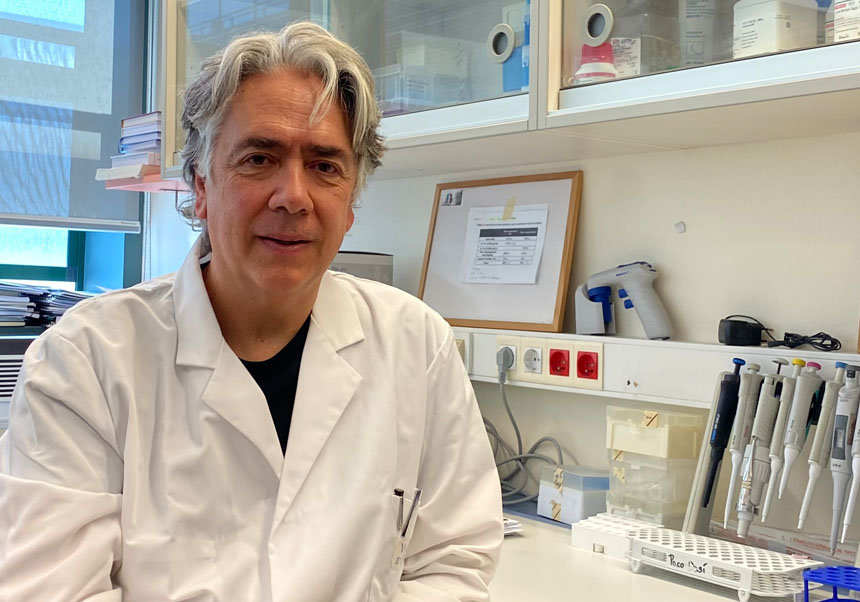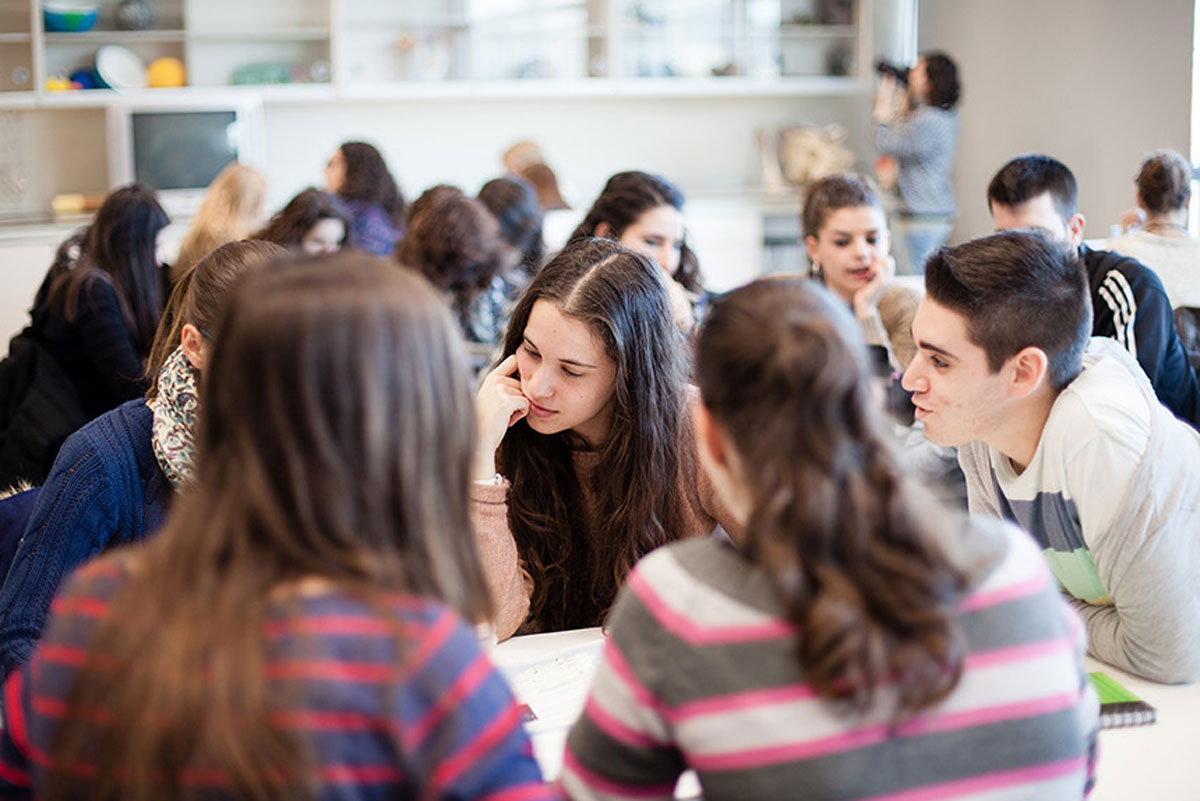Research shows that a traditional Valencian variety of garrofó adapts better to climate change
- Botanical Garden
- March 22nd, 2021
Research by the Botanical Garden of the University of Valencia and the Department of Agriculture shows that seeds of the legume known as pintat (Phaseolus lunatus L.) have greater tolerance to drought.
Researchers from the Botanical Garden of the University of Valencia, together with the Service of Organic Production of the General Directorate of Rural Development of the Valencian government, have discovered that one of the three traditional Valencian varieties of garrofó (lima bean) adapts better to climate change. The findings of the study have been published on the Agronomy journal.
The study compared the characteristics of the three traditional Valencian varieties of garrofó –cella negra, ull de perdiu and pintat- with the commercial seeds from Peru, which are mainly grown on the Andean country and Almeria and identified by their completely white colour. The analyses focused specifically on adaptation during the germination process under conditions of hydric stress –a response to drought– and high temperatures.
Research findings show that the Valencian variety known as garrofó pintat (Phaseolus lunatus L.) is “highly competitive against crash crops due to its tolerance to high temperatures and drought. That being said, it is a traditional seed very adapted to arid conditions and reduced rainfall predicted by the climate change models in the Mediterranean basin”, explains conservationist Elena Estrelles, head of the Germoplasm Bank of the University’s Botanical Garden.
The study focused on a small group of genes “did not find genetic differences between native seeds of garrofó and those from Peru, so it would be interesting to identify markers that could reflect adaptations of different varieties”, explains Isabel Martínez Nieto, researcher from the Botanical Garden.
VULNERABILITY TO PATHOGENS
Pilar Soriano, professor from the Department of Botany and Geology of the Faculty of Biological Sciences and researcher from the Botanical Garden, highlights that the current trend towards crop homogeneity “not only affects the loss of traditional varieties, but also causes problems such as difficulty adapting to changes in environmental conditions and increased vulnerability to any kind of pathogen”.
Technician Josep Roselló from the Service of Organic Production of the Department of Agriculture, Rural Development, Climate Emergency and Ecological Transition –located at the Estación Experimental Agraria in Carcaixent– stresses the importance of “promoting varieties of native crops due to their resilience to global warming. By protecting and using our traditional seed heritage, we are developing a tool to help with climate challenge and loss of agrobiodiversity”.
In fact, the initial goal was to confirm the hypothesis that traditional varieties of garrofó grown for years in Mediterranean climate areas “with summer periods of drought and high temperatures could be better adapted to environmental changes that led to increased heat and hydric stress”, explains professor Pilar Soriano. She adds that the study should be extended to adult plants in order to “check whether the results also apply to other stages of development, because although germination is one of the most sensitives periods of the life cycle, water deficit affects all stages, such as growth and seed production”.
A LEGUME LINKED TO PAELLA
Josep Roselló points out that the garrofó legume has stayed in the Valencia region due to its link to paella, since growing it is “difficult and costly, because it has a long cycle, from April to November; it is distributed along the coast as it needs heat, but also water; it is a climbing plant that requires a strong teepee structure, and suffers the risks of the summer climate”.
The research also recommends reviving traditional Valencian seeds and their commercial distribution, so that the public can find points of sale and consumers demand them, taking into account their quality and better flavour. In this way, "not only do we recover genetic diversity in our agriculture, but we also favour local crops and food sovereignty", argues Elena Estrelles.
QUALITY MARK OF VALENCIAN GARROFÓ
The Service of Organic Production of the General Directorate of Rural Development has promoted farmer organisation to request a quality mark for the Valencian garrofó. Currently, “the producers' association has been set up, while the technical rules that will regulate the mark have already been sent to the regional department for approval", points out Roselló.
The collaboration between the Botanical Garden of the University of Valencia and the Service of Organic Production of the General Directorate of Rural Development of the Valencian government began a few years ago, due to the research carried out by the Germoplasm Bank and the cultivation of seeds in the organic vegetable garden. Both public institutions consider it essential to make progress through joint work on traditional agricultural and wild seeds with the aim of advancing botanical knowledge and spreading it to society.
More information
Resilience Capacity Assessment of the Traditional Lima Bean (Phaseolus lunatus L.) Landraces Facing Climate Change
María Isabel Martínez-Nieto, Elena Estrelles, Josefa Prieto-Mossi, Josep Roselló, Pilar Soriano. Agronomy 2020, 10(6), 758; https://doi.org/10.3390/agronomy10060758
File in: Cultura , Recerca, innovació i transferència
















